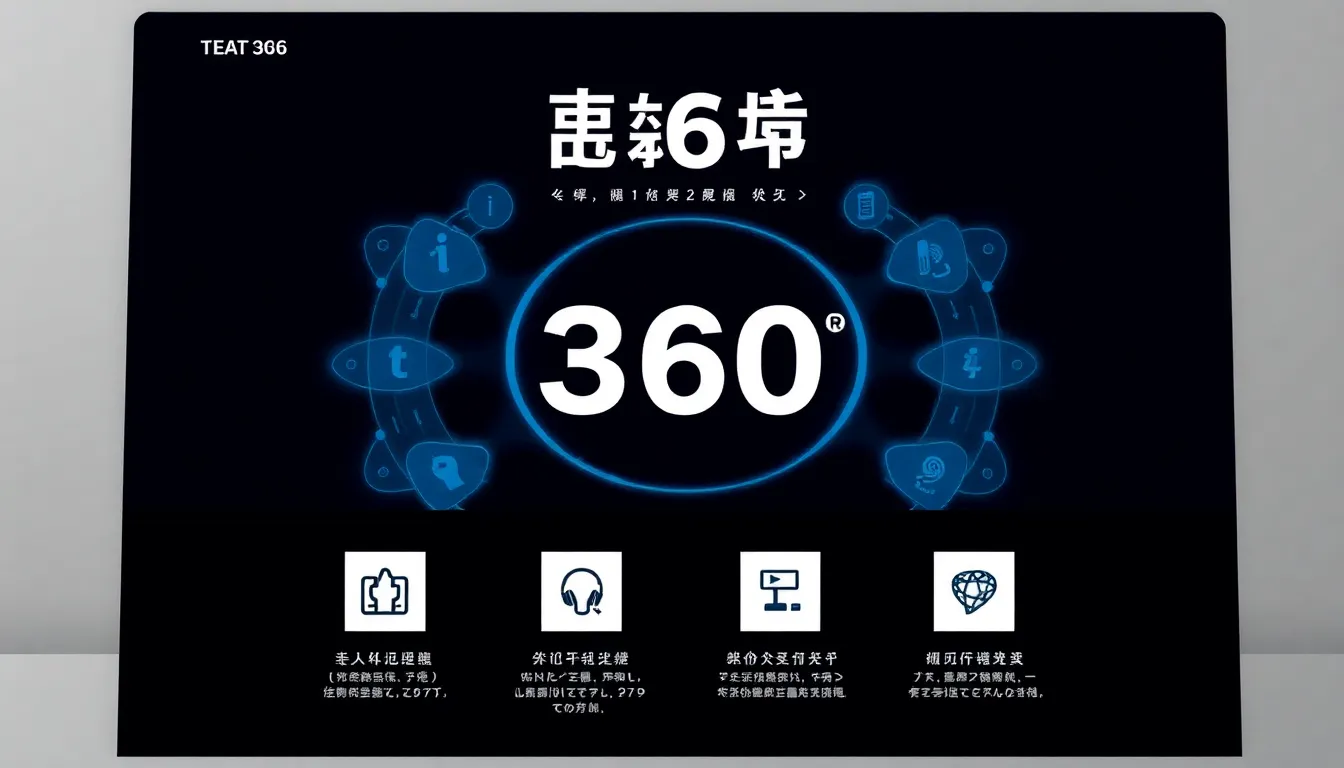In today’s digital world, effective communication is pivotal for building lasting relationships with customers. One of the most efficient methods of engaging with your audience is through a well-structured newsletter. However, the success of your newsletter initiative highly depends on how you design your newsletter signup process. This article delves into the importance of a streamlined newsletter signup, best practices in design, incentives for signup, optimal timing and placement, and how to measure the success of your efforts. Let’s embark on this journey to understand and implement effective strategies to maximize your newsletter’s reach and engagement.
The Importance of a Streamlined Newsletter Signup
Understanding the User Journey
The user journey begins the moment a visitor lands on your website. It is crucial to understand the motivations and hesitations of potential subscribers as they navigate through your content. Ideally, the signup process should feel seamless and inviting, seamlessly integrating into their browsing experience. Factors such as website loading speed, intuitive navigation, and clear value proposition associated with your newsletter deeply influence user decisions. Mapping out the user journey can help you identify critical touchpoints where potential subscribers might need guidance or encouragement.
Benefits of a Clear Signup Process
A clear and concise signup process is linked to higher conversion rates. When users encounter an easily navigable form, they are more likely to complete the process. Key benefits include:
- Increased Engagement: A smoother signup process reduces friction, leading to better engagement.
- Data Collection: Simplified forms encourage users to provide accurate and relevant personal information.
- Boosted Brand Image: A user-friendly signup process enhances your brand’s credibility and professionalism.
Common Challenges and Solutions
Organizations often face challenges when implementing effective newsletter signup processes. Some common issues include overly complex forms and lack of clarity about what subscribers will receive. Below are solutions to these challenges:
- Simplifying the Form: Keep the number of fields minimal, focusing on essential information only.
- Clarifying Value: Make it clear what subscribers can expect from your newsletter, such as exclusive insights, offers, or timely updates.
- Mobile Optimization: Ensure forms are optimized for mobile users, as a significant portion of traffic comes from mobile devices.
Design Best Practices for Newsletter Signup
Visual Appeal and Layout Techniques
The design of your newsletter signup form plays a crucial role in attracting subscribers. Key visual design elements to consider include:
- Color Contrast: Use contrasting colors to make the form stand out against the background. A vibrant signup button will attract more attention.
- Font Readability: Choose legible fonts and maintain an appropriate size to ensure that visitors can easily read your text.
- Consistent Branding: Align the design of your signup form with your overall brand aesthetics to reinforce recognition.
Creating an Intuitive User Experience
Intuitive user experience (UX) design focuses on creating an environment where users can effortlessly navigate and complete tasks. Here are strategies to enhance UX:
- Progressive Disclosure: Provide information in stages rather than overwhelming users with too much at once. For instance, ask for an email first and then proceed to request more details.
- Clear Calls to Action: Use actionable phrases (“Join Now”, “Get the Latest Updates”) that inspire users to take immediate action.
- Error Validation: Inform users of errors in real-time, allowing them to correct mistakes and complete the form successfully.
A/B Testing Newsletter Signup Forms
A/B testing, or split testing, is essential to understanding what works best for your audience. By creating two versions of your signup form, you can gather invaluable data concerning user preferences. Consider testing:
- CTA Wording: Experiment with different wording for your call-to-action buttons to see what drives more conversions.
- Form Length: Compare the performance of short forms versus longer forms to assess user willingness to provide information.
- Visual Styles: Test different designs and colors to identify which combinations yield higher signup rates.
Incentives to Encourage Newsletter Signup
Exclusive Content Offers
Offering exclusive content is one of the most effective ways to entice users to sign up for your newsletter. Content can include eBooks, whitepapers, or special reports that provide valuable insights. Highlight the benefits subscribers will gain and ensure the content aligns with their interests.
Free Trials and Discounts
If applicable, provide free trials or discounts in exchange for newsletter signups. This approach creates a win-win scenario, as users receive immediate value and companies build their subscriber lists. Clearly stating how subscribers can redeem these offers will further improve signup rates.
Engaging Calls to Action
Your call-to-action (CTA) should resonate with your audience. Instead of using generic phrases like “Subscribe Now,” try to align your CTA with the value proposition. For instance, you might say “Unlock Exclusive Insights Today!” This creates a personal connection with potential subscribers and enhances the urgency of signing up.
Timing and Placement for Best Results
Optimal Signup Timing
Timing can significantly impact the effectiveness of your newsletter signup process. Consider the following approaches to optimize timing:
- On-Exit Surveys: Prompt users with a signup form as they are about to leave your site, potentially capturing their interest before they exit.
- After Key Actions: Trigger the signup form after users accomplish critical tasks on your site, such as completing a purchase or engaging with content.
- Timing Variations: Experiment with different times of day or days of the week to determine when your audience is most receptive.
Strategic Placement on Your Website
The placement of your newsletter signup form on your website can either attract or deter potential subscribers. Effective strategies include:
- Above the Fold: Positioning your signup form at the top of your webpage ensures it is one of the first things visitors see.
- Pop-Ups: Well-timed pop-ups can capture attention without being too intrusive. Use exit-intent pop-ups to catch users before they leave the site.
- In Line with Content: Place the signup form in line with relevant content, making it a natural part of the reader’s journey.
Leveraging Social Proof
Social proof, or the idea that people are influenced by the actions of others, can be leveraged to increase newsletter signups. Display testimonials, subscriber counts, or examples of popular content to reinforce credibility. Knowing that others see value in your newsletter can motivate new subscribers to join.
Measuring Success of Your Newsletter Signup Efforts
Tracking User Engagement Metrics
Once you’ve implemented your newsletter signup strategy, it’s crucial to track user engagement metrics. Metrics such as open rates, click-through rates, and engagement time can provide insight into how well your newsletter resonates with subscribers. Monitoring these metrics allows you to adjust your approach based on audience preferences.
Evaluating Conversion Rates
Eloquently analyzing your conversion rates is essential to measure the success of your signup process. This entails tracking how many visitors to your site actually complete the signup process. Tools such as Google Analytics can support you in assessing these metrics and optimizing them constantly.
Refining Your Approach Based on Data
Data should drive your decision-making process. Regularly review your metrics and user feedback to refine and enhance your newsletter signup strategy continuously. By staying engaged with your audience and adapting to their needs, you can increase retention and foster a larger, more engaged subscriber base.
By embracing the components discussed in this article, organizations can master newsletter signup strategies, creating a solid foundation for successful communication with their audience. Implementing a streamlined process, aesthetic design choices, and offering valuable incentives are all critical components that can lead to a more engaged subscriber base. As you progress, continuous measurement and adjustment based on data will ensure your newsletter remains an asset in your communication toolkit.



